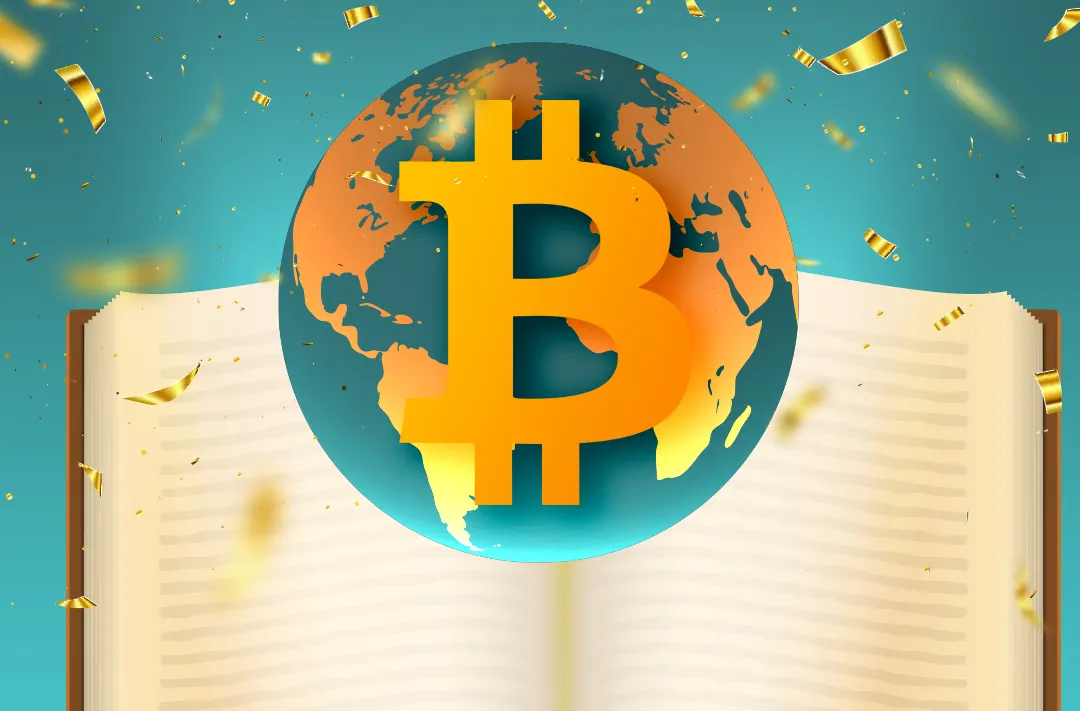14 years of the bitcoin concept. Unusual facts about the first cryptocurrency
Why Satoshi Nakamoto’s technical manifesto for a decentralized money system matters

31.10.2022
5847
3 min
3
On October 31, 2008, Satoshi Nakamoto published a paper in Metzdowd.com’s Cryptography Mailing List entitled “Bitcoin: A Peer-to-Peer Electronic Cash System.” The so-called White paper described his vision of a digital currency that would allow “online payments to be sent directly from one party to another without going through a financial institution.”
The publication attracted the attention of a small group of mailing list recipients, but it was the first step in what was to come. The document revealed the roles of digital signatures, a network of nodes to confirm transactions, and incentives for participants in the form of block rewards and fees. However, the bitcoin White paper did not describe the specific specifications of the bitcoin protocol or its code, and the launch of the first cryptocurrency blockchain occurred later, in January 2009. Satoshi published the source code and presented the first bitcoin client at the same time.
Before the advent of cryptocurrency, researchers in the 1990s and 2000s created prototypes of decentralized networks and anonymization systems, but their combination was not considered necessary for a payment system. Those who tried to create a digital counterpart to cash could not find a workable solution to the problem of double-spending without verification of transfers by a single authority. Bitcoin offered, for the first time, a working system of transaction authentication by a distributed network of participants, eliminating the need for a centralized regulator.
Playing by the rules
One of the main advantages of bitcoin has become the system of rewarding miners through inflation and fees. The model proved successful in practice. Early versions of decentralized networks faced a host of problems, such as the so-called “Sybil attack.” Attempts to incentivize P2P network participants in various forms took place, but none of them ever worked until the advent of bitcoin.
The bitcoin concept description did not predict the development of mining to an industrial level or the emergence of pools, but Satoshi wrote about the risks of centralized capacity. In his idea, an attacker with the resources to hijack most of the network would find it more profitable to “play by the rules” and keep it running, getting more new coins than to “undermine” the system by rolling back transactions.
If a greedy attacker is able to assemble more CPU power than all the honest nodes, he would have to choose between using it to defraud people by stealing back his payments, or using it to generate new coins. He ought to find it more profitable to play by the rules, such rules that favour him with more new coins than everyone else combined, than to undermine the system and the validity of his own wealth. Source — bitcoin.org
Due to this principle, none of the theoretically possible attacks by miners has harmed bitcoin. In this, the bitcoin code contains a mechanism for reducing the reward per block with a gradual transition to encouraging miners only in the form of transaction processing fees. So far, there is no consensus on how this will manifest itself in the future.
Interesting facts
Satoshi wrote the entire bitcoin code before creating and publishing the White paper. He later said that he was “better with code than words” and that he wanted to be sure that the system worked before announcing it.
Such familiar terms as “blockchain,” “cryptocurrency,” and “wallet” are never mentioned in the document. Satoshi also does not use the word “mining” or its derivatives, calling the process of the emergence of new coins by the broader word “generating”.
In addition to bitcoin.org, a link to the White paper as a PDF file is officially posted on some government and corporate websites. The document is also uploaded to Arweave, a decentralized data storage solution, and is available for download on the “uncensored” network InterPlanetary File System (IFPS).
The White paper has been translated into 18 languages. One of the first bitcoin evangelists, Roger Ver, who later switched to Bitcoin Cash (BCH), helped translate it into Japanese. Bitmain co-founder Jihan Wu worked on translating the White paper into Chinese.
The domain bitcoin.org was registered on August 18, 2008, through AnonymousSpeech, a Japanese anonymous registrar. The day before netcoin.org was registered through the same service. Perhaps, Satoshi allowed the name “Netcoin” for the first cryptocurrency.
Useful material?
Basics
Experts evaluated the development prospects of the new ecosystem and the investment attractiveness of its token
Oct 20, 2022
Basics
How to track fluctuations correctly and create an effective income strategy
Sep 13, 2022
Basics
Review of the most profitable offers from proven trading platforms
Aug 29, 2022
Basics
The Ethereum Foundation team has published a breakdown of major misconceptions about the upcoming network upgrade
Aug 18, 2022
Basics
What benefits the exchange offers, and what else is in the near future
Aug 4, 2022
Basics
Let's take a look at the varieties of this new form of management and its earning potential
Aug 1, 2022









 Telegram
Telegram  Twitter
Twitter